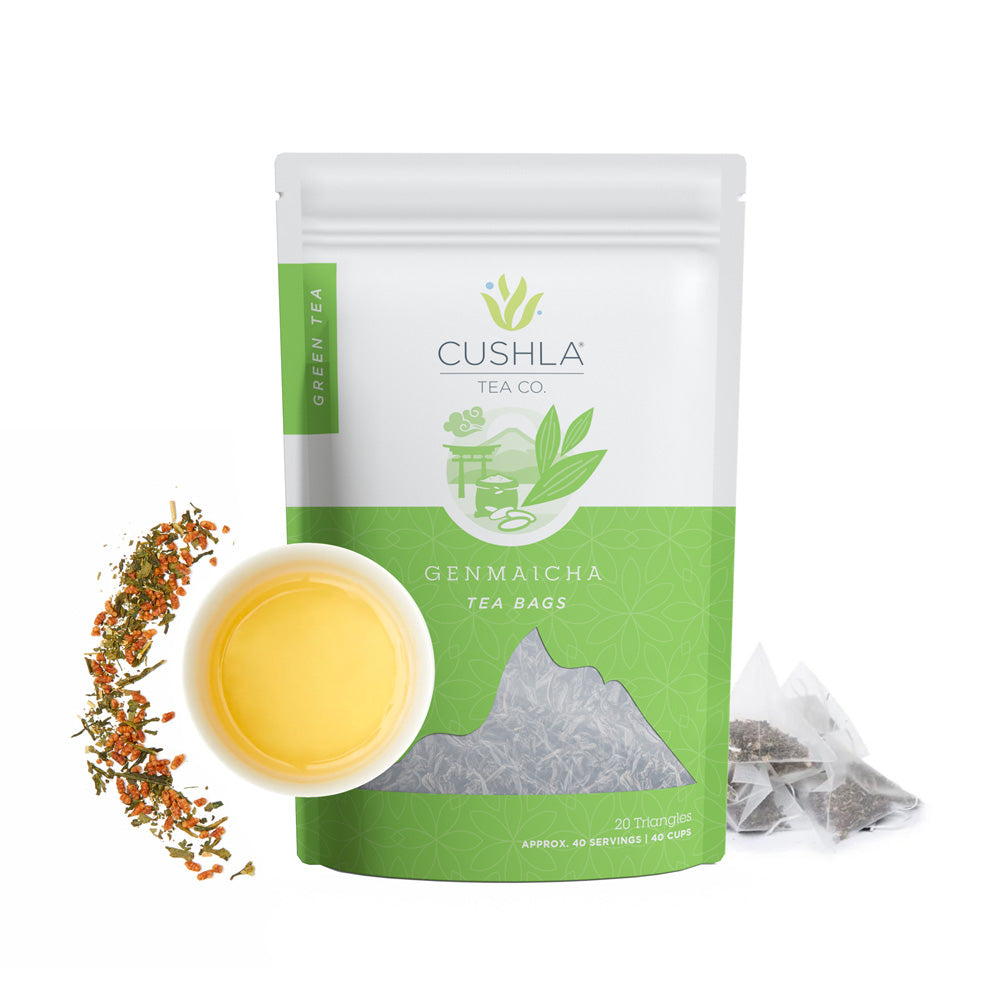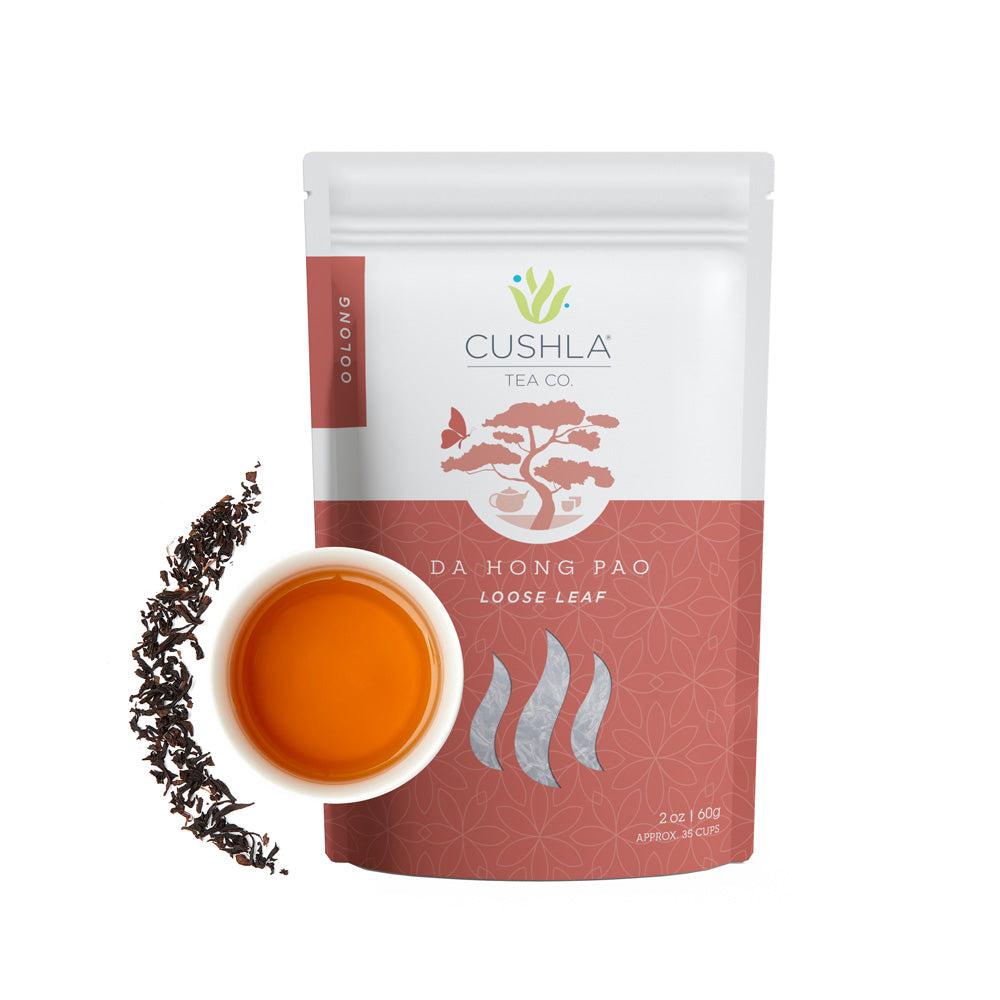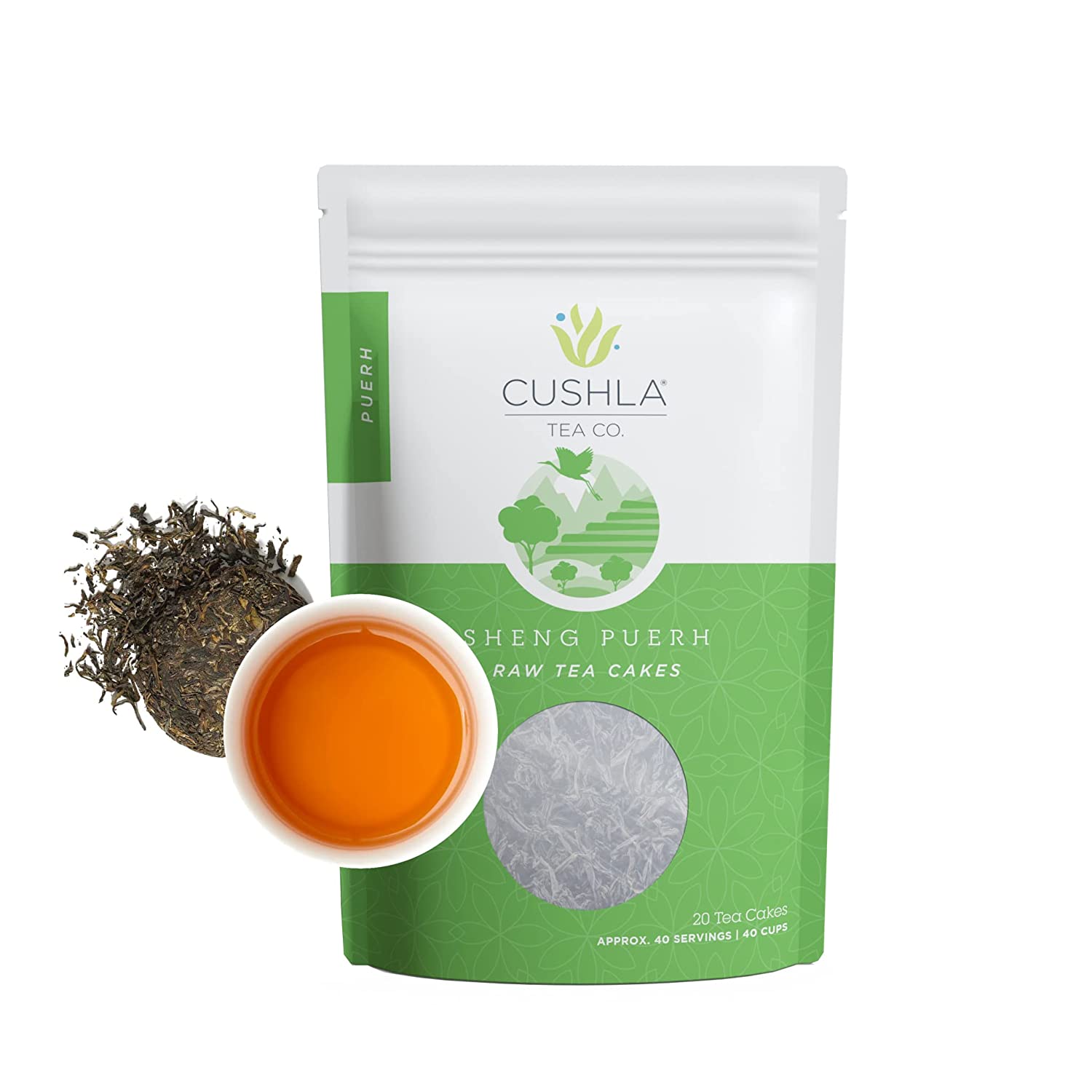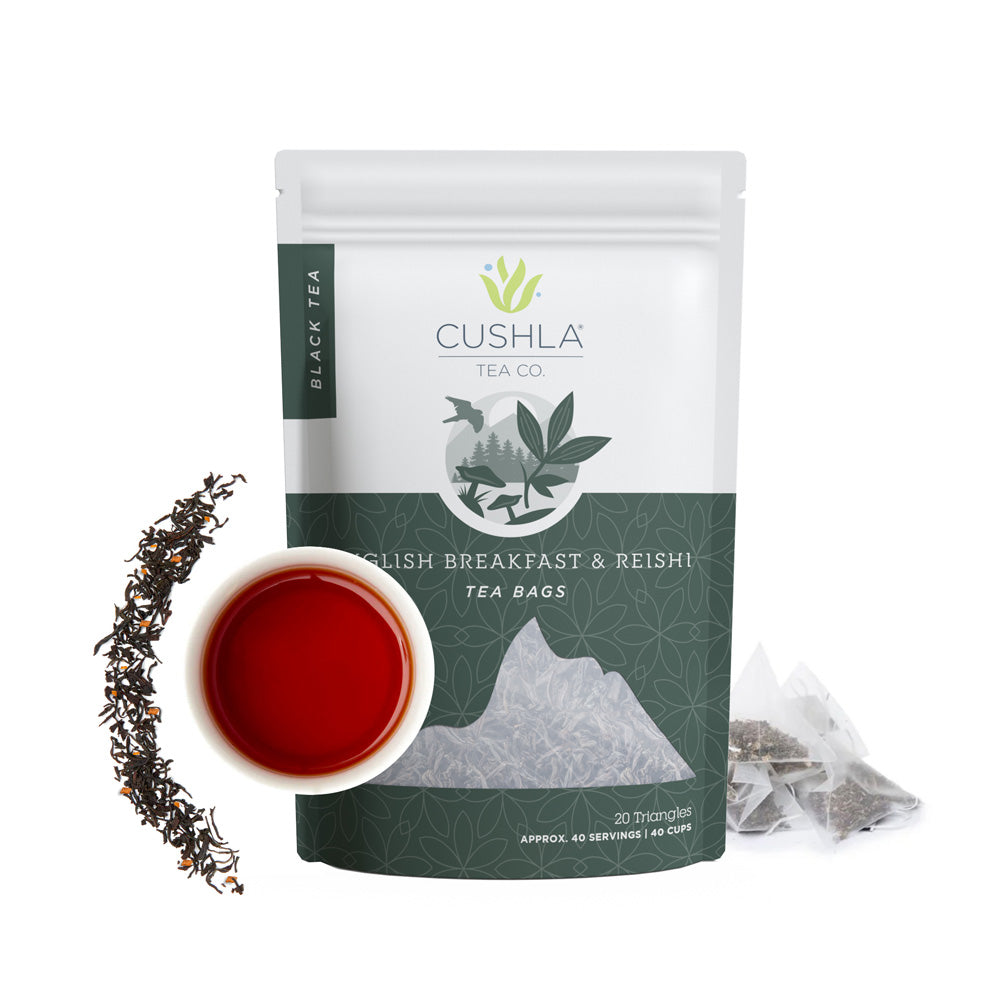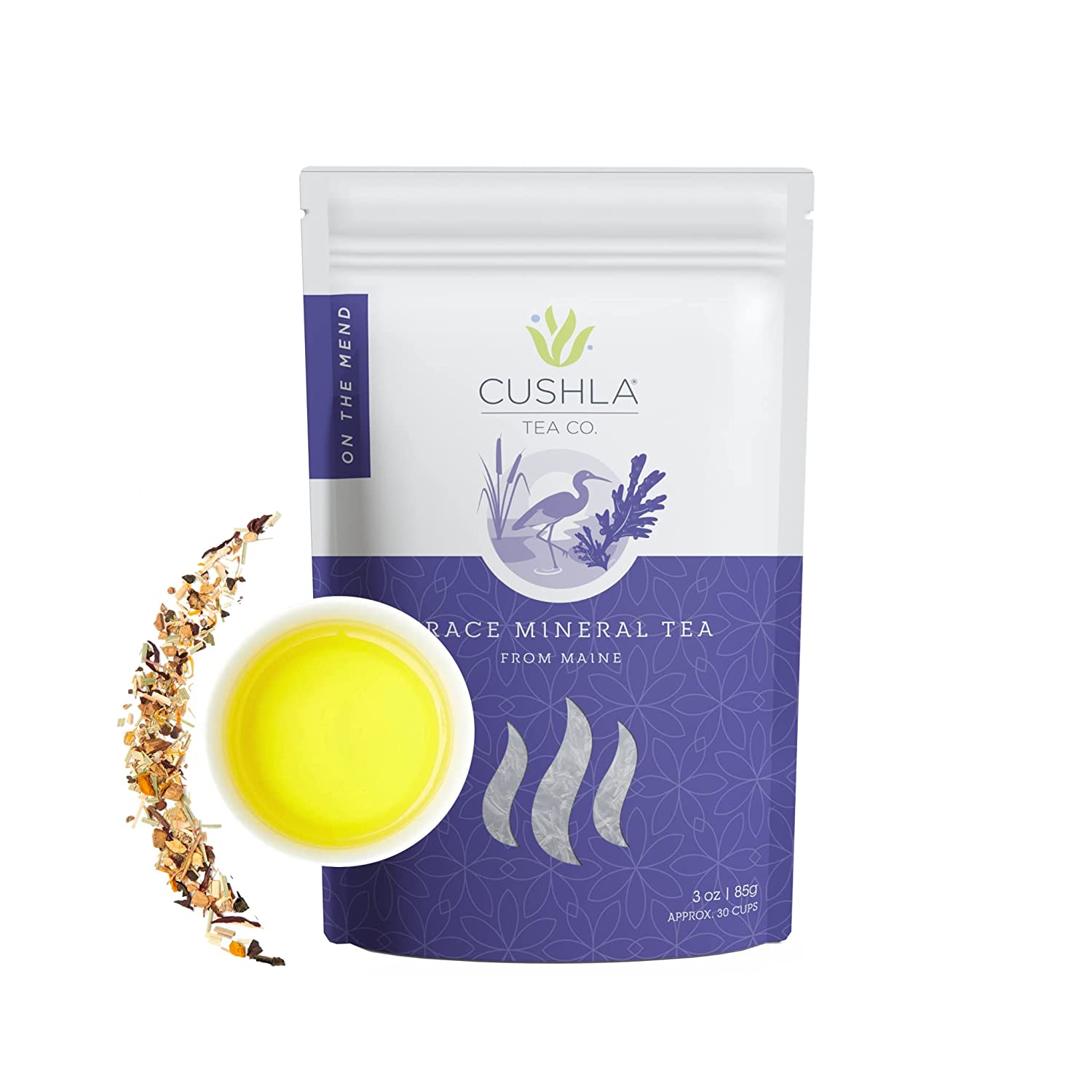Matcha and Gyokuro are two of the most highly prized types of Japanese green tea, each with their own unique flavor and characteristics. While both teas are made from the leaves of the Camellia Sinensis plant, the way they are grown, harvested, and processed sets them apart. In this article, we will examine the differences between Matcha and Gyokuro in terms of region, cultural importance, and vitamins to determine which one is better.
Region:
Matcha is grown mainly in the Uji region of Kyoto, Japan, which is known for its mild climate and fertile soil. The tea leaves for Matcha are grown under the shade for about 20-30 days before harvest, which increases the chlorophyll content and gives the leaves a deep green color. The leaves are then steamed, dried, and ground into a fine powder.
Gyokuro, on the other hand, is grown mainly in the Yame region of Fukuoka, Japan. Like Matcha, the tea leaves for Gyokuro are also grown under the shade, but for a longer period of time (about 50-60 days). This further increases the chlorophyll content and gives the leaves a very delicate flavor. The leaves are then steamed, dried, and rolled into small beads.
Cultural Importance of Gyokuro:
Matcha has a long history in Japanese culture and is closely associated with the traditional Japanese tea ceremony. The tea ceremony is a highly ritualized event that involves the preparation and serving of Matcha in a specific way, with a focus on mindfulness and appreciation of the present moment. Matcha is also used in traditional Japanese confections such as Mochi and as an ingredient in some traditional Japanese sweets.
Gyokuro, on the other hand, is a more recent addition to Japanese tea culture. It was first produced in the early 19th century and is considered one of the highest grades of Japanese green tea. It is considered a luxury tea and is often given as a gift to special guests or used in formal occasions.
Vitamins:
Both Matcha and Gyokuro are rich in antioxidants and vitamins, but Matcha contains higher levels of certain vitamins and minerals. Matcha is particularly high in vitamins A, C, and E, which are important for maintaining healthy skin, eyes, and immune system. It also contains high levels of antioxidants and catechins, which have been shown to have anti-inflammatory and anti-cancer properties.
Gyokuro, on the other hand, is high in Vitamin C and amino acids, which are important for maintaining a healthy cardiovascular system. It also contains high levels of antioxidants and catechins, which have anti-inflammatory properties and are believed to help prevent certain types of diseases.
Summary:
To sum it up, both Matcha and Gyokuro are high-quality Japanese green teas with their own unique characteristics. Matcha is grown mainly in the Uji region of Kyoto and is associated with the traditional Japanese tea ceremony, while Gyokuro is grown mainly in the Yame region of Fukuoka and is considered a luxury tea. Both teas are rich in antioxidants and vitamins, but Matcha contains higher levels of certain vitamins and minerals. Ultimately, the choice between Matcha and Gyokuro comes down to personal preference and the specific benefits that you are looking for in a tea.


